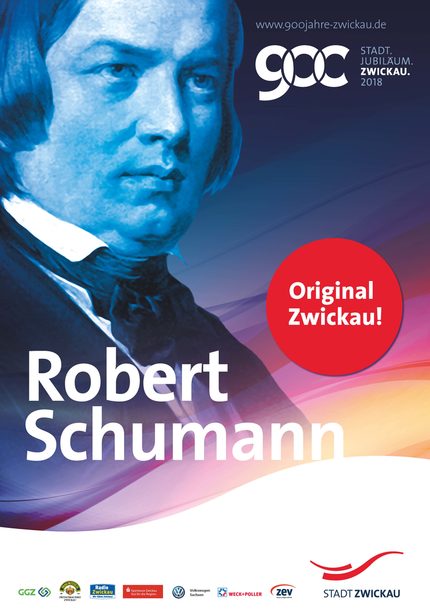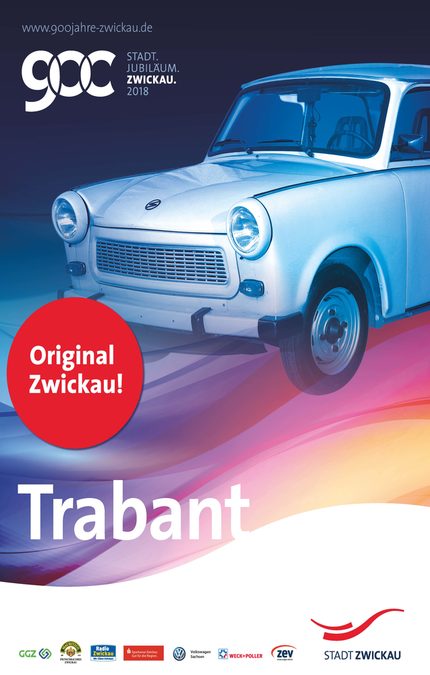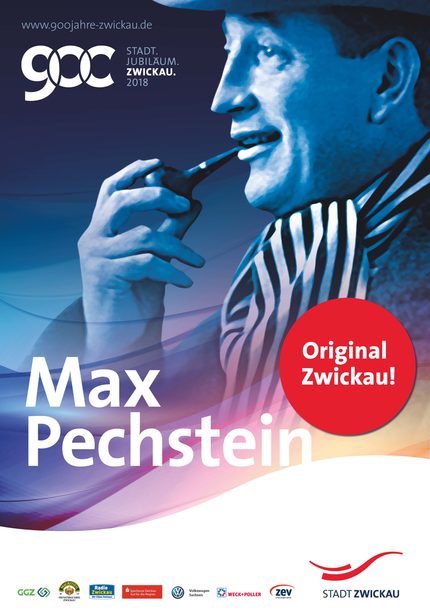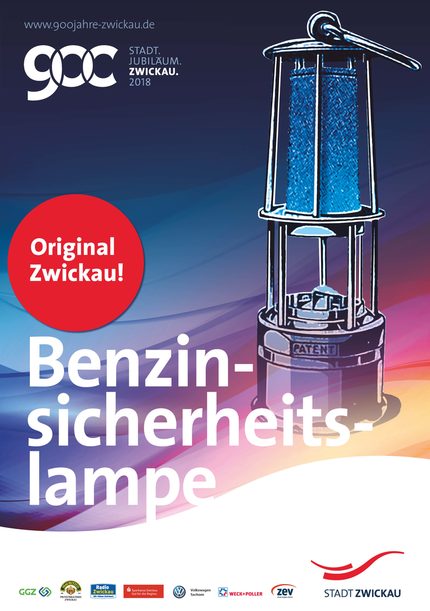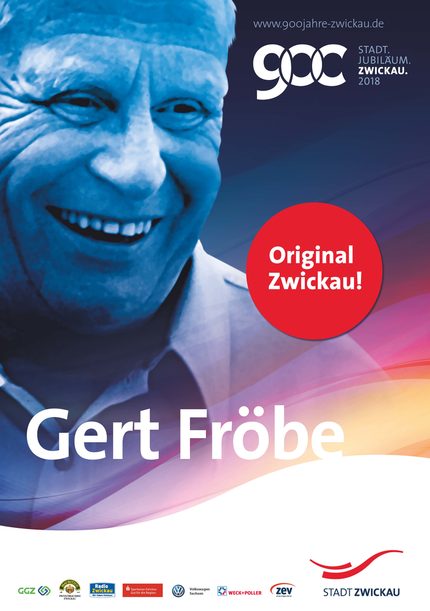Talking casually, one would probably describe Robert Schumann today as one of the hottest pop stars of the 19th century. His fan base travels from all over Germany and from all over the world, and not only every four years when Zwickau hosts the renowned International Robert Schumann Competition for piano and voice. Day after day, the Robert Schumann House on Hauptmarkt welcomes five music lovers interested in the life and work of this exceptional composer. The museum is extremely productive as a scientific research centre. Here, in the house where the composer was born, you will find, among other things, the world's largest Schumann collection with more than 4,000 original manuscripts by the musician and his wife Clara, née Wieck (1819-1896), who was herself a gifted pianist.
Zwickau originals
The Trabant - "cardboard racer" Trabi as a legendary GDR cult object
After the decline of the GDR, the "career" of the little "Trabi" really took off. The third and most frequently built model, the Trabant P 601, became the symbol of German reunification in 1989/90. Between 1964 and 1991, over 2.8 million vehicles of this type were produced. Besides the Wartburg, the Trabant was the car for the whole GDR family. But what makes this mockingly called "plastic bomber" or more nicely nicknamed "cardboard racer" cult car so special? The Trabant had its première in 1958. The vehicle with front-wheel drive and a spirited two-stroke engine offered space for four people and luggage, was considered affordable and robust, but also uncomfortable and noisy. The unusual mix of materials used for production was particularly noteworthy. Many vehicles were exported to the CSSR, Poland and Hungary. The Trabant was also successful as a rally participant in international competitions in the 1980s. True Zwickau lads will also tell you: Discarded roofs were great for sledding... Which did, however, require some skill.
Max Pechstein - Expressionist with wanderlust
In May 1914, one of the most outstanding artists of his time embarked on the adventure of his life. Luggage as well as 28 suitcases and boxes with painting utensils were already shipped when Max Pechstein (1881-1955) and his young wife Lotte set off for the South Seas. They were inspired by the desire to escape "everything forced and cultivated" and to experience a life far from civilization in unity of man and nature. Far away from Europe, Pechstein hoped for "a safe, work-friendly rest". Motifs such as nudes, bathers, farmers, stone carriers and fishermen inspired his joy of experimentation. The stay on the Palau Islands came to an abrupt end with the outbreak of the First World War. But the fascination with the art of African and Oceanic peoples, which Max Pechstein had already felt as a member of the Brücke group of artists, remained a lasting one. The experiences of his voyage to the South Seas remained the theme of his art and the written memories of his life throughout his life. Although Pechstein lived in Berlin, he always sought artistic fulfilment away from the big cities in regions largely untouched by tourism: on the Pomeranian coast, the Curonian Spit or in Liguria.
The petrol safety lamp - small object, big invention
In 1881 the Zwickau engineer Carl Wolf developed the pit safety lamp. This indicates imminent firedamp explosions. The petrol-powered safety lamp had clear advantages over oil-powered lamps in terms of luminosity and cleanliness. The innovative invention from Zwickau was registered for a patent in 1882, and this was granted for Wolf's lamp in the course of the year. In 1883, Wolf had a few copies of his invention made by hand to test them in coal mines. Production of the lamp commenced with the foundation of Friemann & Wolf (FRIWO) in 1884 as a machine and pit lamp factory. The fuel safety lamp is therefore a genuine Zwickau original. Its efforts have probably saved the lives of a great many miners.
Gert Fröbe - World star brings Hollywood feeling to his home town
When Karl Gerhart "Gert" Fröbe was born in Oberplanitz on 25 February 1913, nobody could have foreseen that this little boy would one day conquer the big wide world so successfully. He became a top class multi award-winning actor: Gert Fröbe is among the most important German character actors of the 20th century. His filmography is infinitely long. Fröbe often played in (international) productions with cult status. His roles as the child murderer in the classic thriller "It Happened in Broad Daylight" from 1958 and as the villain Auric Goldfinger in the James Bond 007 flick of the same name from 1964 made him particularly famous. When the American Film Institute made a list of the 100 best villains in film history, the character he impersonated landed on position 49. Gert Fröbe is probably known to every child as the robber Hotzenplotz, and most people also know "Those Magnificent Men in Their Flying Machines or How I Flew from London to Paris in 25 Hours 11 Minutes".


